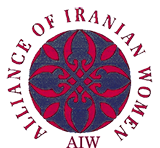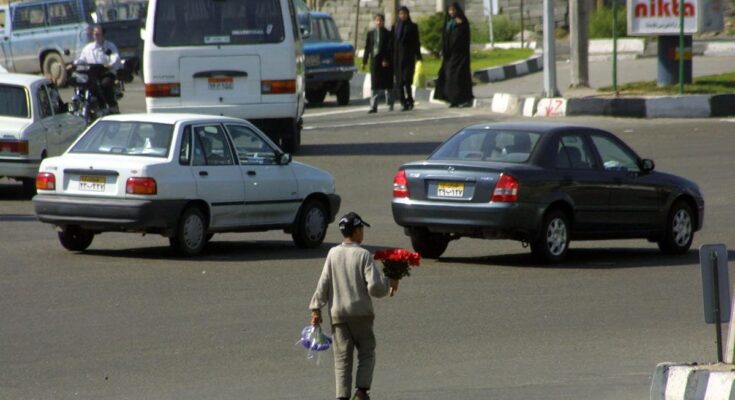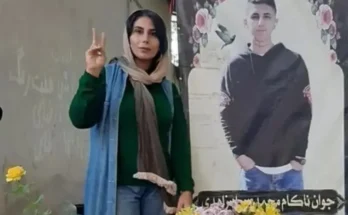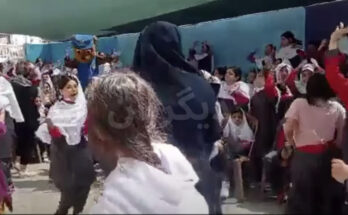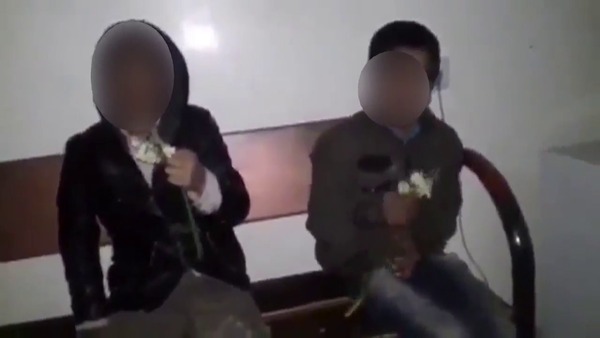
 By Noor Pahlavi
By Noor Pahlavi
Source: Al Arabiya
When faced with thousands, if not millions, of hungry children most governments would spring into action to feed them. They would support and partner with charities bringing food to these children. In Iran, the regime is feeding them in a different way.
“Eat it! Eat it!” he shouts as the children quiver in fear, trying to chew and swallow the plastic. “Eat it!”
This is not a scene from a horror film, but for the estimated three to seven million Iranian child laborers this is a nightmare that is all too familiar. When two of these millions of children were apprehended for selling flowers in the street, the official forced them to eat the flowers and the plastic in which they were wrapped. He recorded and shared a video of the abuse, to scare other children from daring to try the same.
Among the crises facing our country, this is perhaps among those least covered. And it is among the most important because it causes deep physical and mental health challenges for the next generation. While many official regime figures drastically underreport the number of child laborers, activists place the number in the millions.
The videos of these children selling gum, washing windows, offering poems with sadness flowing out of their little eyes as their packages pile up on their little backs and blood and mud encrust their little feet are heartbreaking. The most unfortunate of these child laborers are also those who sleep on the same streets on which they try to make a living off of.
Clearly, these days are even more difficult for these children. Regime officials have not only refused to act on behalf of the welfare of these children in past years, but they now also shamelessly blame them for being one of the factors in the spread of the coronavirus in Iran. One of the members of the Islamic Republic’s parliamentary commission on health called child laborers “the most important source of transmission of the coronavirus” – a shameful and unsubstantiated accusation that exposes these children to hatred and a false public image.
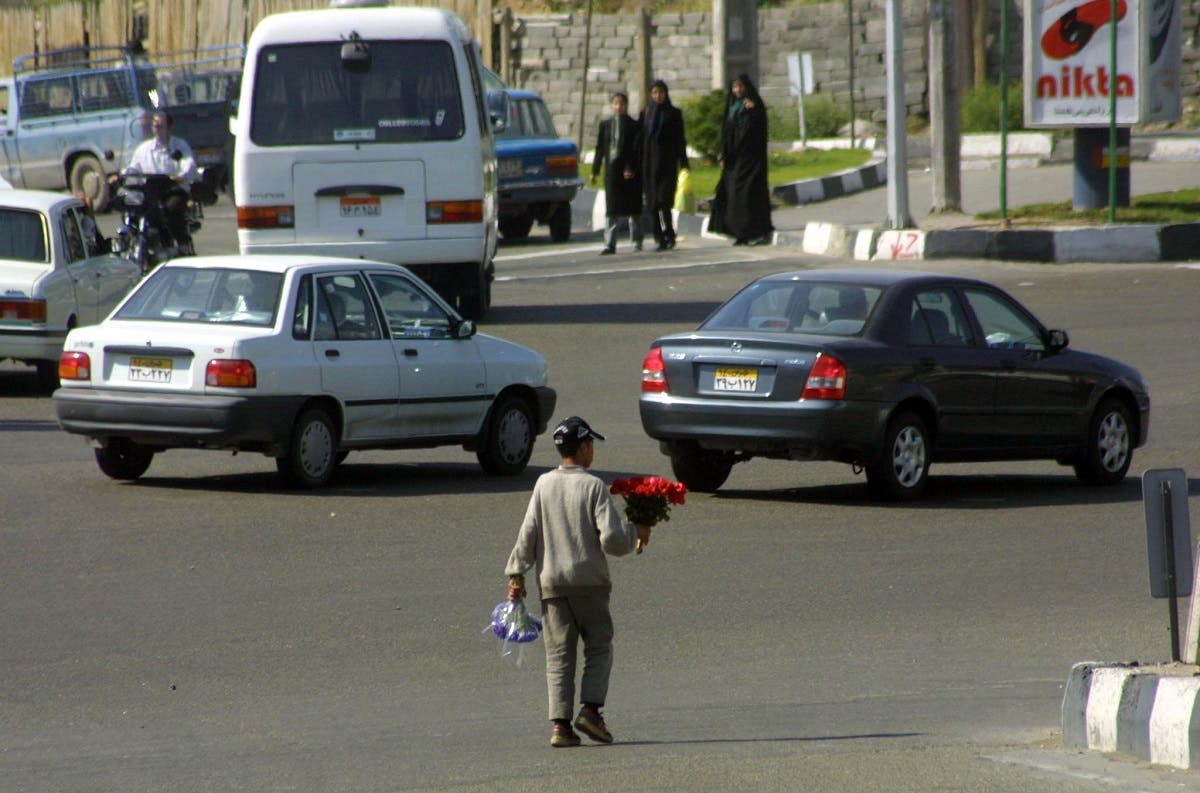
According to a regime official, in Tehran alone, there are more than five thousand children who survive by rummaging through garbage. The question is not only how these children can be helped, but more importantly why, in our Iran, are there children who are picking through garbage in the first place?
Bravely and honorably trying to improve the conditions of these children, many activists and NGOs collect information on and try to offer support. They offer shelter, food, and help them find a path off the streets. But their generosity and resources are no match for the scale and immense need of Iran’s street children and child laborers.
These children, forced into work due to the profound corruption and economic mismanagement of the regime, take to the streets in search of money for a day’s meal. In the process, untold numbers are taken advantage of by child traffickers. Many are forced into drug use and more are sexually abused and raped, subsequently falling into life-long drug addiction. The immediate consequences of this sickening pattern are obvious. The long-term implications for these children and for our country are even more daunting.
It is because of this immense scale that the current work being done to address this is regrettably insufficient. The brave NGO’s doing this work need government-backing and partnership to be successful. With this regime, they will never get the proper support they need. Whether humiliating and harming children by forcing them to eat flowers and plastic or beating them, this regime is the cause of this problem.
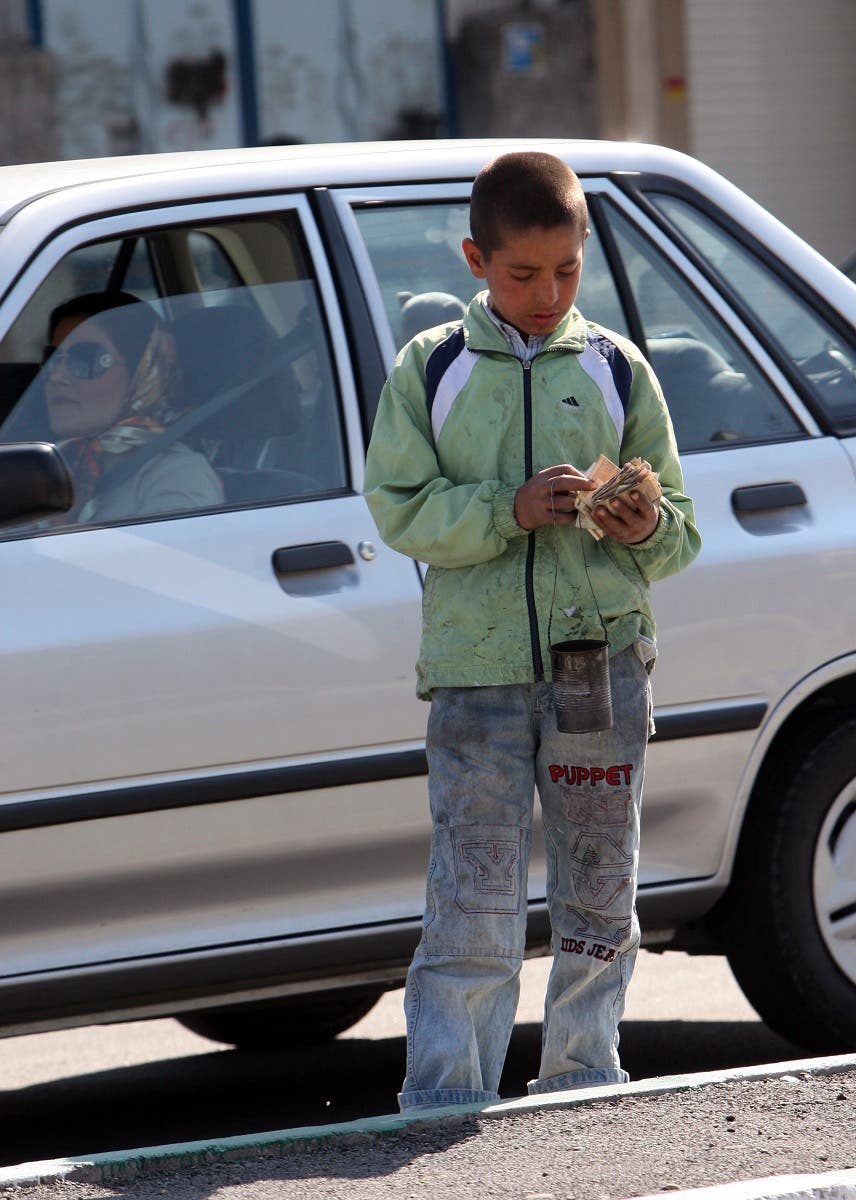
The child laborers and street children of my country, Iran, are these days suffering from both the risk of contracting COVID-19 and from widespread neglect. Why, in a country like Iran, should the nation’s wealth be spent on terror and not on saving our children?
Iran’s children deserve a comprehensive strategy to tackle and forever eliminate this national issue. NGOs and activists must be empowered and partnered with, not shunned, ignored, or arrested. The government must make among its primary priorities the education and protection of children. Growing up, this was something my grandmother talked to me about as an issue that weighed heavily on her heart. Her hope, and that of my entire family, was and remains to see the circumstances of these children improve.
We sat together and watched a widely circulated video. A man sits down with a child who has spent his day collecting trash to sell scraps. The man asks, “what is your hope in life?” The child looks up, quizzically, and stares back at the man. Shrugging his shoulders, he says, “what is ‘hope?’”
Hope, for this young boy and the millions like him, will be a real childhood. Hope is gathering with his friends and thinking about what game they will play and not about where his nightly meal is coming from. Hope is going to school and thinking about what he will be when he grows up, not where he will sleep tonight. Hope is rebuilding our country and having not only a people that care, but a government that actually does.
In a free Iran, children must be among the nation’s foremost priorities. They are the future.
____________
Princess Noor Pahlavi is the first child of Iran’s former Crown Prince Reza Pahlavi. She’s an MBA student at Columbia University and works as an advisor to the non-profit impact investment fund Acumen.
This article was published in Persian by the Independent Persian on May 9, 2020.
